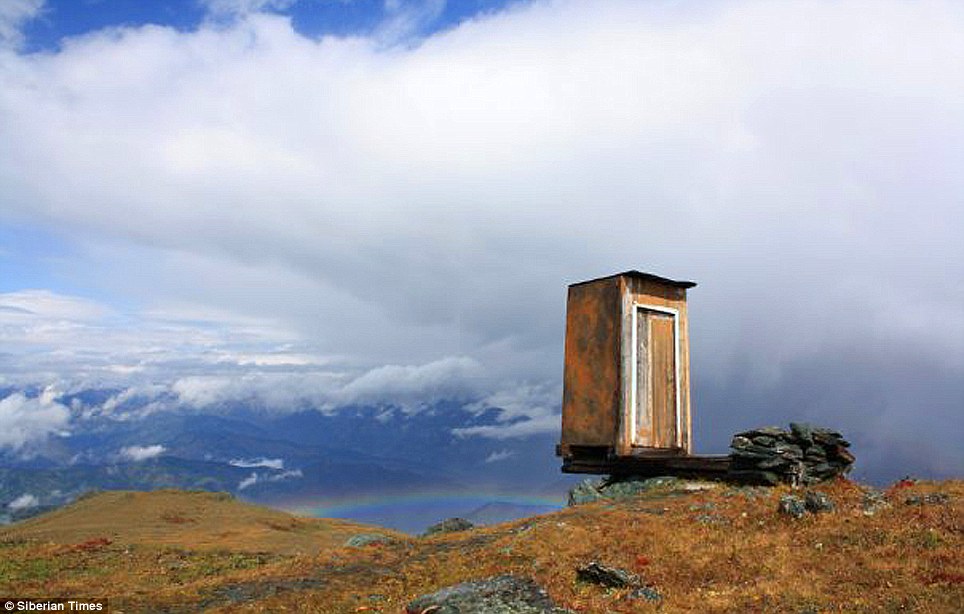
In 2013/2014 I spent six months working on social research projects for an NGO in rural Rajasthan, India.
The NGO has been operational for 45 years and works with 360,000 people across 700 villages of southern Rajasthan, where most people live on less than $0.35 a day. Importantly, the NGO has an excellent reputation, particularly for its focus on participatory development: the process of enabling communities to conceive and execute development projects themselves and remain actively involved in the program’s analysis and improvement.
One day, a project director from the Water and Sanitation Department came to me, confused and frustrated.
He explained that the NGO had built nearly 300 pioneering EcoSan toilets – zero-water, self-composting toilets uniquely suited to the regions desert climate. The toilets theoretically solved a number of problems: they stopped defecation in public, reduced the spread of disease, improved women’s privacy and safety (panther attacks were particularly common in the area) and provided safely decomposed compost for use on crops.
With the participatory framework in mind, the NGO had built the toilets on a purely demand-driven basis, had months of preliminary discussion with village members, and asked for a monetary and labor contribution from beneficiaries. By all accounts and indicators, every single toilet that was built had monetary, time and lifestyle commitment from beneficiary families. No family was getting a toilet that didn’t actively want one.
So when annual usage data came back and showed that while families were saying they used the toilets, there was no compost and no material signs of actual use, the NGO was baffled.
So I undertook research: one-on-one interviews with the toilet-owners.
After weeks of convoluted answers (because of both difficulty translating the regional dialect and lack of participant willingness to provide a straight answer), I had the “aha!” moment.
There were two social dynamics at play here, that weren’t identified in the project scoping: pride and cultural context.
Pride meant that people wanted an EcoSan toilet, to portray to the community that they were modern and financially able.
Cultural context meant that, despite the decreasing relevance of the caste system in Indian culture, its continuing effect (particularly in rural areas), meant that a family of a high caste would not be involved in the cleaning or removal of their own waste. Traditionally, this job was given to the lowest caste of the village. If this person didn’t exist, high caste family members would walk out of the village at dusk or dawn to do their business in a nearby forest.
So families invested in the toilets because of pride, but wouldn’t use them because of cultural context.
So while the NGO had done huge amounts of technical scoping and gained consumer commitment, they hadn’t backed this up with consumer research to gain an understanding of the social context and determine if the product fitted with local customs and social norms.
At Ellis Jones, we have developed the ‘Research as Engagement’ market research model, to proactively avoid just this sort of oversight.
‘Research as Engagement’ acts as an inviting space for consumers to pose questions and suggestions, establishing a platform for continuous idea generation and testing. The model achieves this by using processes (like innovation workshops) and avenues (like social media) that work for both participant and client.
Research as Engagement operates in five ways:
- Shared purpose: people willingly participate in research when the purpose fulfils their needs and desires or appeals to their values.
- Mixed methods: it is very unlikely in market and social research that one method gets the kind of deep understanding an organisation or executive needs to make a key decision.
- Create excitement: we are all fundamentally attracted to something that sounds, looks and is exciting.
- Market readiness: research has to be nimble, with results funneled into development teams as it is generated.
- Continuous co-creation: the consumer knows best.
Going back to my Indian experience, in the end we designed a consumer engagement program using influential high caste village members as vocal advocates for the EcoSan toilets. The result was good, but we certainly could have saved a lot of time, money and frustration by deeply understanding our market first, and building the toilets second.

